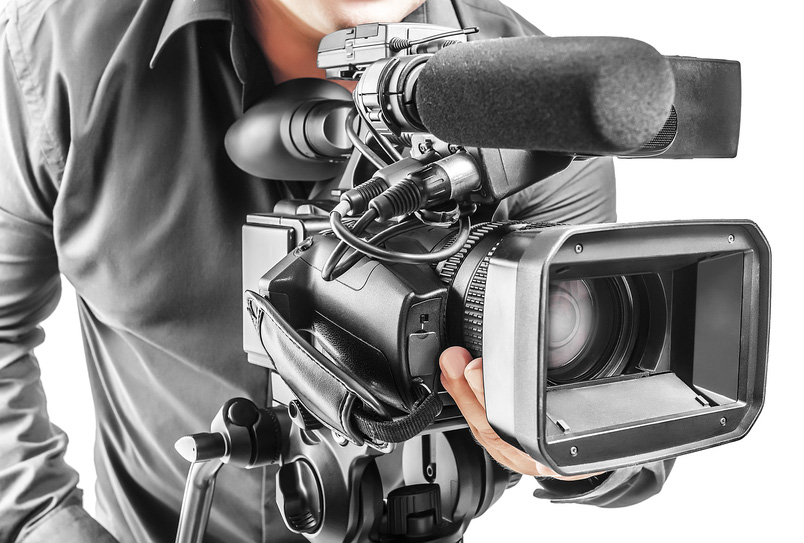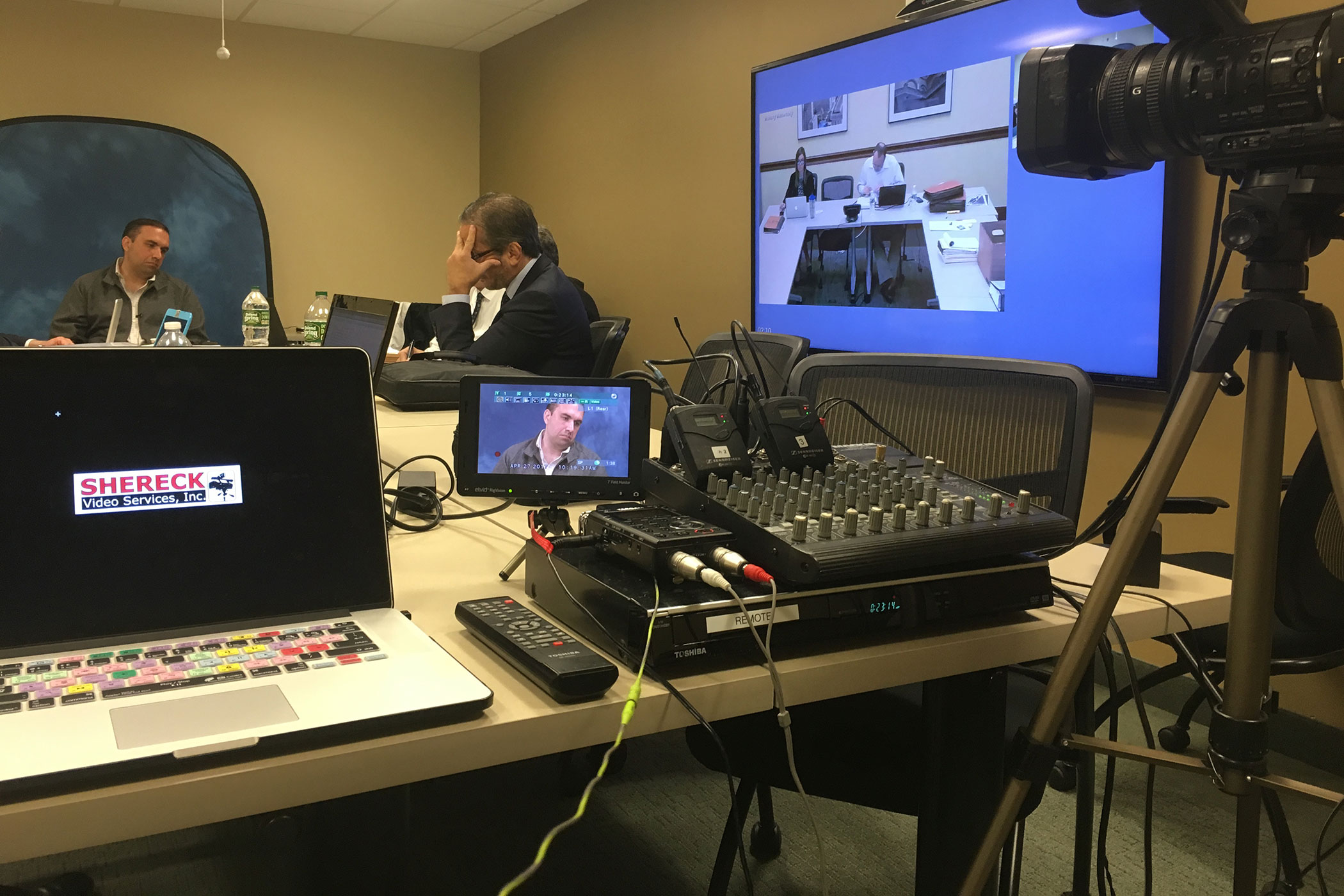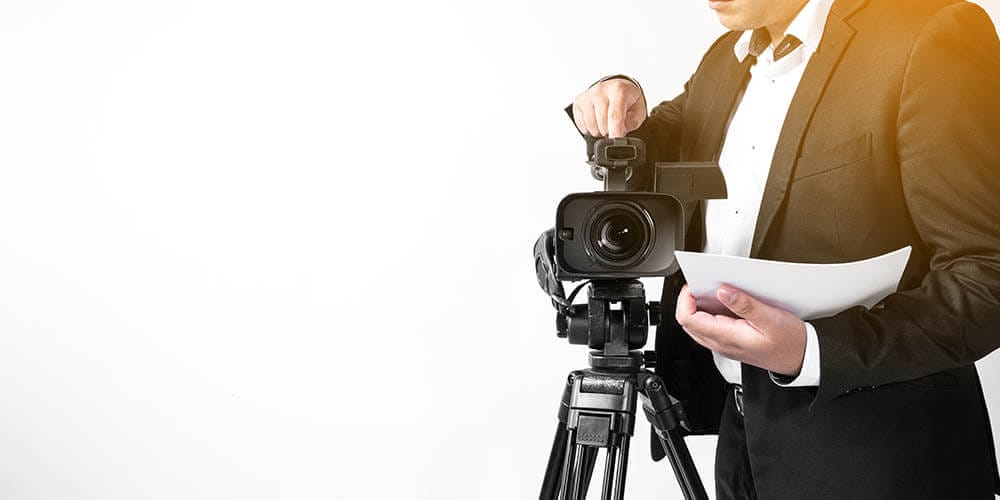Why Legal Videography is Crucial for Accurate Legal Documentation
Why Legal Videography is Crucial for Accurate Legal Documentation
Blog Article
Exploring the Systems of Legal Videography: Unveiling Its Operation in Shielding Authentic Aesthetic Statement for Judicial Proceedings
In the realm of judicial process, the function of lawful videography stands as a foundation in protecting and offering visual proof. As innovation proceeds to development, the mechanisms behind legal videography have actually come to be significantly intricate, supplying a critical layer of credibility to testimonies recorded on video clip.
Historical Evolution of Legal Videography
Examining the historical development of legal videography exposes a significant change in the recording and discussion of aesthetic evidence within the legal landscape. In the past, legal proceedings heavily relied upon composed pictures and transcripts to record events and give proof. With the advent of video technology, the lawful industry experienced a paradigm shift in how aesthetic testament was captured and provided.
The evolution of legal videography can be mapped back to the late 20th century when improvements in video recording tools made it a lot more accessible for usage in court rooms. This technological advancement not only enhanced the precision and dependability of visual evidence but additionally revolutionized the means cases existed to discretionary (Legal Videography). Lawyers started to acknowledge the influential power of video recordings in conveying feelings, nuances, and non-verbal cues that composed photographs or records alone could not record effectively

Technology Innovations in Video Clip Documents
What essential technical improvements have changed video documents in the legal field? The legal area has actually seen considerable advancements in video clip documents modern technology that have actually boosted the authenticity and integrity of aesthetic evidence in judicial process. One of the crucial improvements is high-definition (HD) video clip recording capacities, which give crystal-clear images and sharp information that are crucial for properly catching testimonies, faces, and other aesthetic hints. Additionally, the combination of timestamping and metadata attributes in video clip documentation devices has enabled precise paperwork of when and where the video was recorded, making certain the honesty of the proof offered in court.
Furthermore, innovations in video file encryption and watermarking modern technologies have actually strengthened the safety and tamper-proof nature of video evidence, safeguarding it versus unapproved modifications or tampering. Furthermore, the introduction of cloud storage space solutions and remote accessibility capacities has structured the storage, access, and sharing of video clip evidence, facilitating smooth cooperation among lawyers and making certain efficient accessibility to critical aesthetic testaments when required. These technological advancements in video paperwork have definitely reinvented the lawful field, improving the precision, trustworthiness, and admissibility of visual proof in judicial proceedings.
Duty of Legal Videographers in Court Room Setups
The advancement of video paperwork innovation in the legal field has required an important role read this post here for lawful videographers in courtroom setups, ensuring the honesty and integrity of aesthetic testaments offered during judicial process. Legal videographers play a basic duty in capturing and maintaining accurate visual evidence that can be pivotal in court instances. Their obligation expands to establishing equipment, tape-recording proceedings, and generating premium video clips that accurately show the occasions in the courtroom.
Furthermore, lawful videographers commonly function carefully with lawful teams to ensure that the video proof aligns with the case's needs and can be properly provided in court to sustain the legal disagreements being made. Generally, the function of lawful videographers in court setups is crucial in maintaining the principles of justice and making certain the openness of lawful proceedings. Legal Videography.

Ensuring Admissibility and Honesty of Video Clip Evidence
To keep the trustworthiness of aesthetic proof provided in legal proceedings, making sure the admissibility and honesty of video clip proof is an important duty for lawful videographers. Admissibility refers to the approval of proof by the court, and for video clip evidence to be admissible, it has to fulfill certain standards. Lawful videographers play an important role in ensuring that the video clips they capture follow the regulations of proof, such as authenticity, relevance, and dependability.
Honesty of video clip proof includes preserving the originality and precision of the video from the time it is tape-recorded up until it exists in court. This consists of safely storing the video clip data, documenting the chain of safekeeping, and avoiding any type of tampering or changes. Lawful videographers need to follow rigorous procedures to assure the honesty of the video proof and avoid any difficulties to its credibility.
Future Trends in Legal Videography
Provided the raising reliance on innovation in lawful procedures, lawful videographers are poised to welcome innovative improvements shaping the future of aesthetic statement capture and discussion. Among the popular patterns coming up is the combination of virtual reality (VIRTUAL REALITY) and augmented reality (AR) innovations into lawful videography. These innovations have the prospective to change exactly how aesthetic proof exists in courts, allowing juries and courts to submerse themselves in the scene of the criminal activity or incident.
In addition, using expert system (AI) algorithms for video evaluation is expected click to read to simplify have a peek at this site the procedure of examining and analyzing large amounts of video footage. AI can assist in identifying key minutes, anomalies, and patterns within video clips, improving the performance of legal investigations.

Verdict
To conclude, lawful videography has actually played a crucial role in providing authentic aesthetic evidence for judicial process. Through technological innovations and the experience of legal videographers, the integrity and admissibility of video clip evidence are made certain in court room setups. As lawful videography proceeds to evolve, it will certainly be necessary to support standards that keep the accuracy and integrity of aesthetic statement for the future of lawful procedures.
Analyzing the historical development of legal videography discloses a substantial change in the catching and discussion of aesthetic proof within the legal landscape.The development of video documents innovation in the lawful area has actually required a vital duty for lawful videographers in court room setups, making certain the integrity and dependability of aesthetic testimonies presented throughout judicial procedures. Additionally, lawful videographers often work very closely with lawful teams to guarantee that the video clip evidence lines up with the case's requirements and can be successfully presented in court to sustain the legal disagreements being made.To keep the reputation of aesthetic evidence provided in lawful procedures, ensuring the admissibility and stability of video evidence is an essential duty for lawful videographers. As lawful videography continues to advance, it will be important to copyright requirements that maintain the precision and dependability of aesthetic testimony for the future of legal process.
Report this page